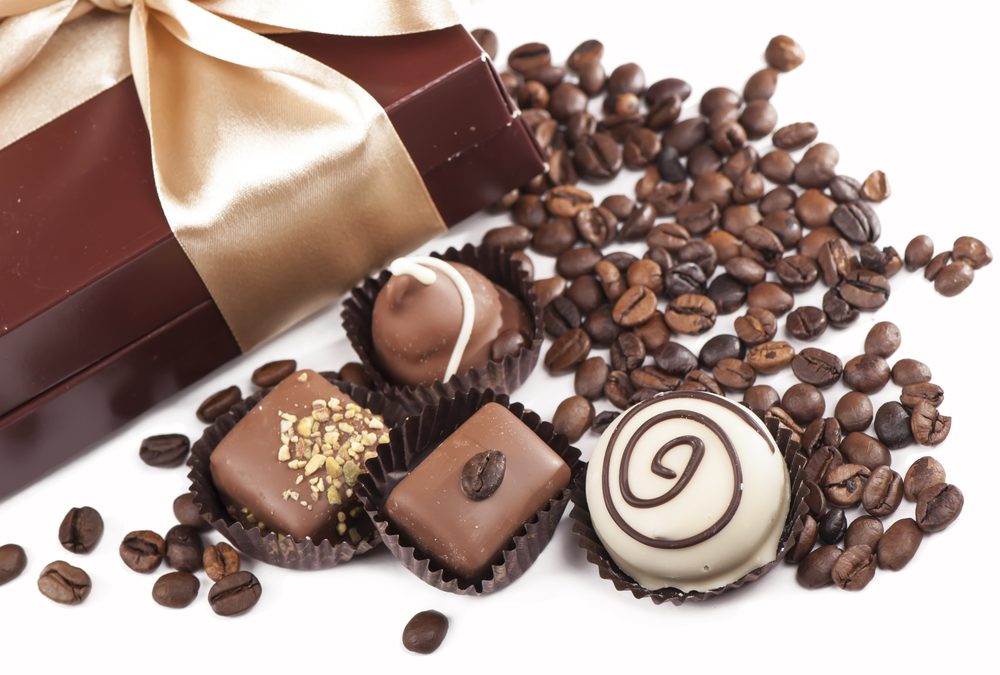From at least the time of the Aztecs, chocolate has been seen as an aphrodisiac. So we assume that it has been connected to Valentines day for many centuries. However, that isn’t the case. The roots of Valentine’s Day are ancient but still quite unclear. It’s possible it originated in the pagan Roman fertility festival of Lupercalia. Then morphed into a much tamer Christian feast day in A.D. 496, when Pope Gelasius I commemorated a martyred saint, Valentine. Or saints. In the third century, the Roman emperor Claudius II executed two men named Valentine on Feb. 14th, albeit in different years. It’s all rather confusing.
By the mid-19th century, Feb. 14 had become the day in Britain (and the U.S.) on which people expressed their affection by exchanging lavish cards decorated with lace, ribbons and plump, bow-and-arrow-wielding Cupids.
Food of the Gods
The scientific name of the cocoa tree is Theobroma cocoa in Greek: literally translated as ‘Food of the Gods’. What better way to spoil someone than offering them a treat good enough for Gods? Modern day gifts include chocolate roses, chocolate gift baskets and even boxes of chocolates.
Chocolate offers powers of love
The Aztecs created a beverage named ‘Xocolatl’, containing cocoa, honey and vanilla, which was believed to give special powers and arouse passion. The Aztec king would drink this potion before entering his harem, leading Spanish explorers to conclude that this ‘chocolate’ must indeed give special powers of love.
Chocolate to enhance your mood
Historical anecdotes are now supported by scientific evidence. Chocolate – ‘the love drug’ – contains phenylethylalanine. This releases endorphins in your brain, resulting in the same happy feeling you experience when in love.






